New Yorker’s oyster shucker could help prevent injuries and improve service presentation
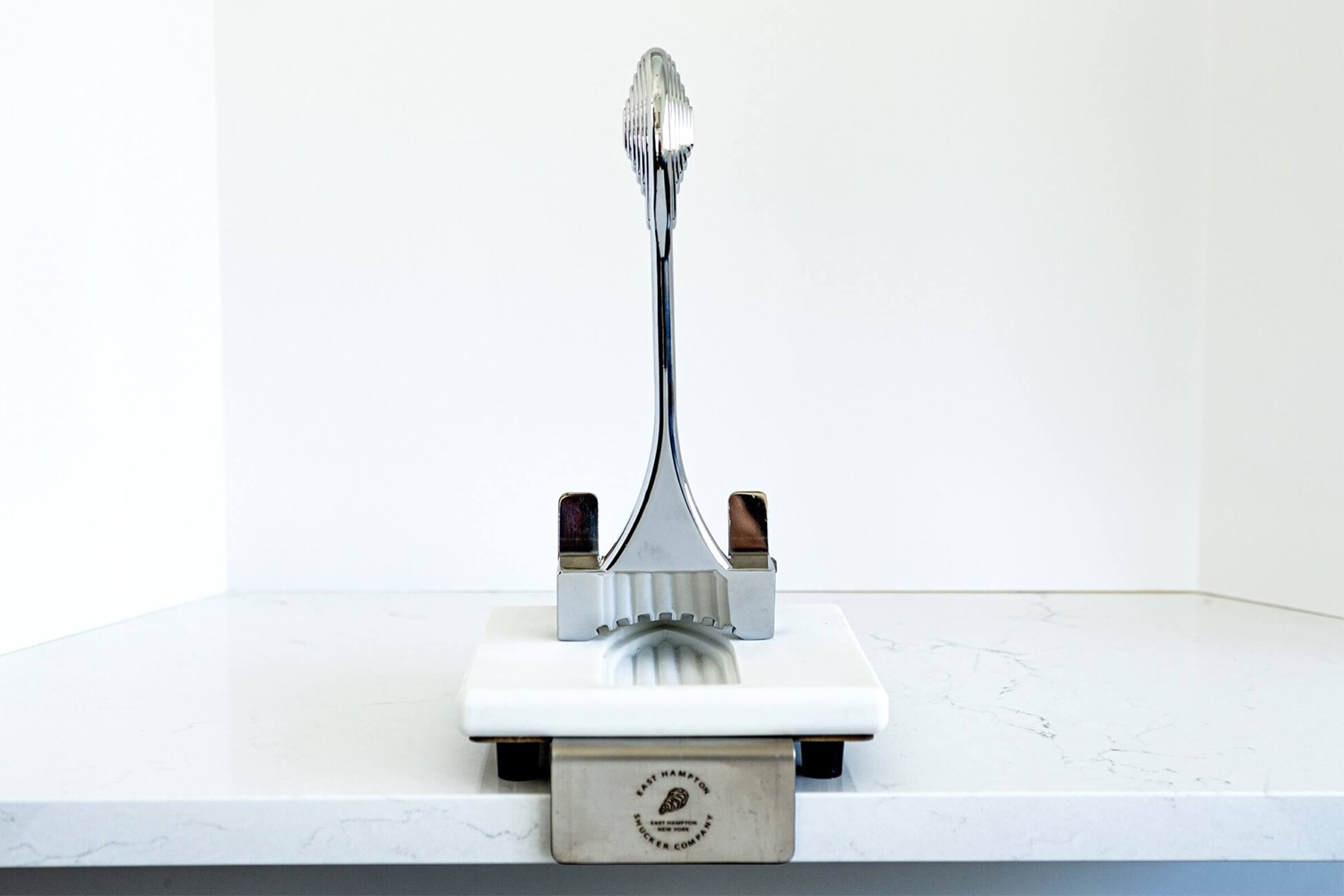
Some tools, even really old ones, might never be improved upon or even need to be. The hammer has effectively pounded nails for centuries. And the shoestring has faced many challengers but remains undefeated (nice try, Velcro).
But the oyster opener? A pointed but semi-dull blade, with a towel or maybe a protective glove? That can certainly be improved upon. That’s what John Nicholas believes. The oyster enthusiast and a small-scale oyster farmer in East Hampton, New York, also believes that he has succeeded in inventing such a device.
Aside from preventing painful puncture injuries while opening oysters, the big worry for Nicholas as an oyster farmer and lover of the product was that poor shucking quality and poor plate presentations could sully the product’s reputation – without better experiences, the oyster industry might not fully capitalize on its current wave of popularity.
During the COVID-19 pandemic, Nicholas devised countless prototype oyster openers (many currently cluttering his basement) along the way to developing the East Hampton Shucker, a table- or counter-mounted device that Nicholas says is not only safer for the shucker but better for the overall presentation, which he feels is lacking in restaurant service, even in places that focus on seafood.
Even the best professional oyster shuckers fail to consistently produce a shell-fragment-free oyster or to cut the adductor muscle properly and do so without puncturing the oyster itself. But most importantly, many fail to keep all that delicious liquor inside.
“The whole presentation is poor in many places,” he told the Advocate. “The real strength of our product is the shucker device holds it down and you use a sharper, more efficiently shaped knife. That’s the key to opening oysters. Because when your hand’s not down there, you’re not worried about the shell cracking and the knife going right into your hand. It allows you to apply more force.”
“And hey, you’re not really experiencing the oyster experience unless you taste the oyster liquor inside.”
His fascination – no, obsession – with oysters goes back a long way, but the idea to start an oyster tool business started a few years ago when one of his nephews wanted to not only try one but to open it himself. Nicholas taught him how, in the traditional, hand-held style.
“At that point, I realized that your hand does not need to be there. This is a very stupid idea, you know? I mean, it’s very dangerous! I needed to take the [second] hand out of the equation. That was the starting point,” he said. “I then bought every product out there – and every one of them had your hand near the oyster. But it was really about enjoying oysters at home. They’re like hell to open.”
Nicholas, whose own supply from his new oyster farm won’t be available until the end of 2024, is serious about selling the oyster experience along with the product itself. Slurping freshly shucked shellfish is the best way, in his eyes. He has nothing good to say about “reconstituted” oyster sales, a practice in which oysters are shucked at a store and placed into a container and customers are provided the empty shells to eat them out of. “It’s awful,” he says, but admits that some retail stores do a lot of business this way.
The intellectual property that Nicholas invested in the East Hampton and other shucker models (46 patents in all) is so important to him that he entrusted his manufacturer suppliers only to work on one part of the tool, not the entire kit. He assembles the final product, made with stainless steel, at his home on Long Island, New York.
The product just hit the market this summer, and East Hampton Shucker Company has sold a “couple hundred” units so far, including numerous restaurants on Long Island, where the oyster culture is booming. Restaurants that currently don’t sell oysters might want to after seeing how easy and efficient the East Hampton is, says Nicholas. It sells for U.S. $175 on his website, which just launched this summer. Strangely, some of the restaurants that do a lot of oyster service might be tougher sells, he admits.
“You know, these professional shuckers, they don’t like me,” he says. “Because we’re like the Kryptonite to their skill set. We’re making it way too easy for them and they want it hard because of job security.”
Now that you've reached the end of the article ...
… please consider supporting GSA’s mission to advance responsible seafood practices through education, advocacy and third-party assurances. The Advocate aims to document the evolution of responsible seafood practices and share the expansive knowledge of our vast network of contributors.
By becoming a Global Seafood Alliance member, you’re ensuring that all of the pre-competitive work we do through member benefits, resources and events can continue. Individual membership costs just $50 a year.
Not a GSA member? Join us.
Author
-

James Wright
Editorial Manager
Global Seafood Alliance
Portsmouth, NH, USA[103,114,111,46,100,111,111,102,97,101,115,108,97,98,111,108,103,64,116,104,103,105,114,119,46,115,101,109,97,106]
Tagged With
Related Posts
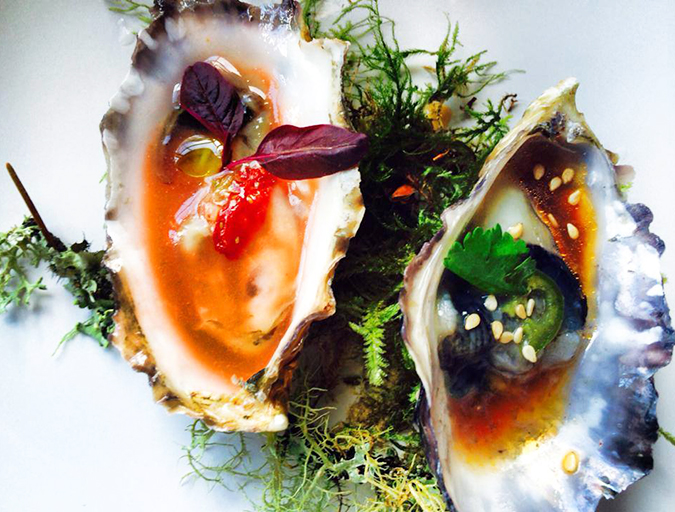
Intelligence
Cup size matters, but for oysters, branding matters more
To name an oyster is to give birth to a brand, essential to stand out in today’s raw bar scene. The briny bite-sized morsels are arguably seafood’s sexiest offerings, but a memorable moniker (and a quality product) is what keeps them on the menu.
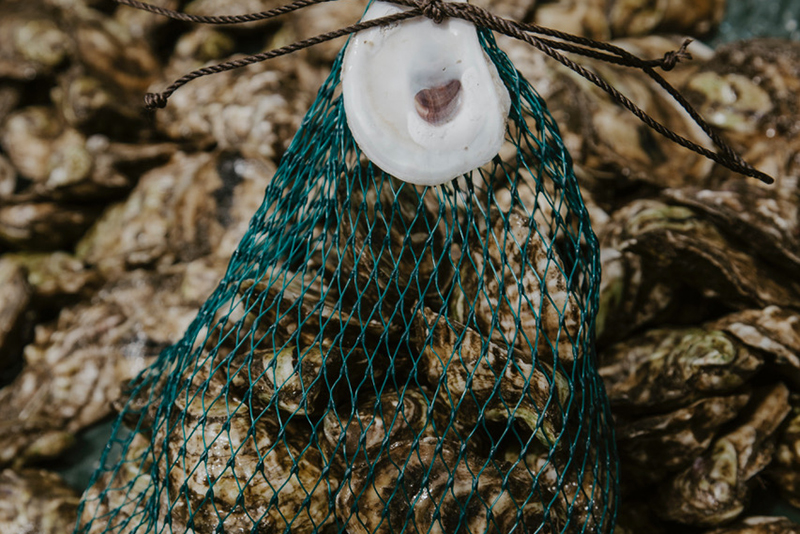
Intelligence
They sell shellfish shares by the seashore: A surge of oyster CSAs
During the pandemic, several U.S. shellfish farmers have found much-needed relief through community supported aquaculture programs, or CSAs.
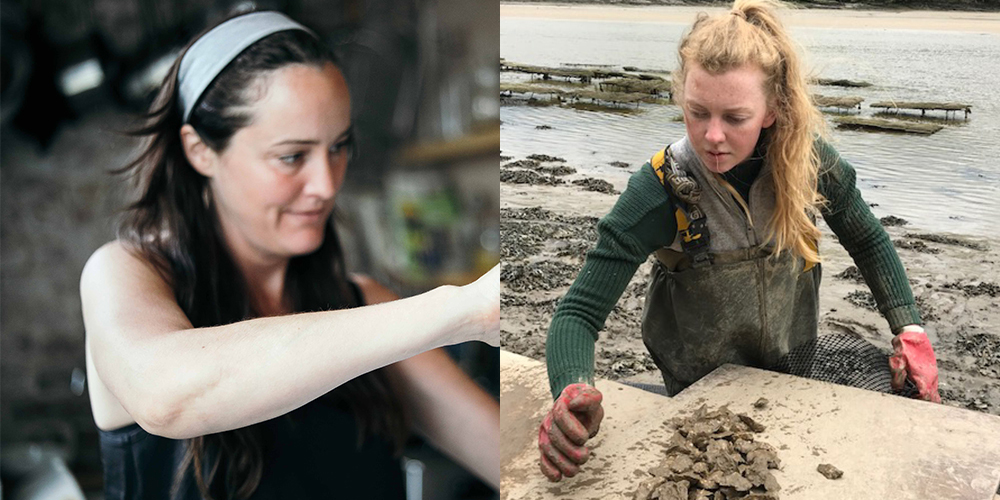
Intelligence
On the Job: Modern-day oyster lassies
As part of a series looking at aquaculture jobs, we feature two women working with oysters at different ends of the supply chain.
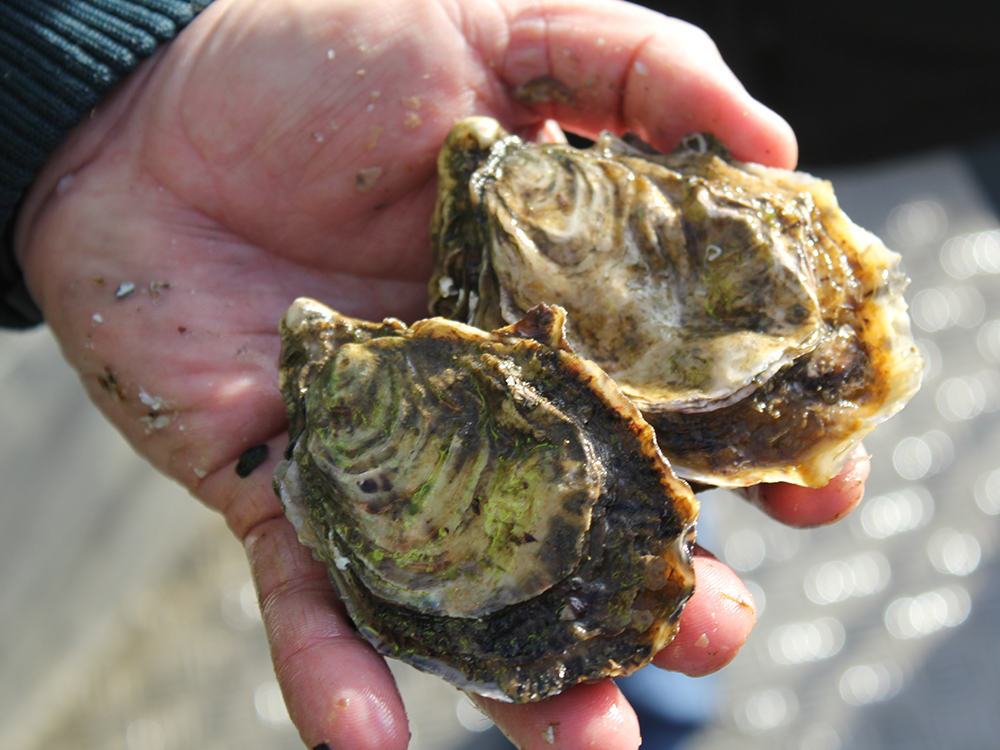
Intelligence
Behold the nutritious oyster
Oysters provide important, natural filtration of water and are an important component of many healthy coastal ecosystems because their active filtering can help improve and maintain water quality. For many coastal communities, oysters are an important food resource and excellent sources of protein and amino acids, zinc, selenium, iron and B-vitamins.


